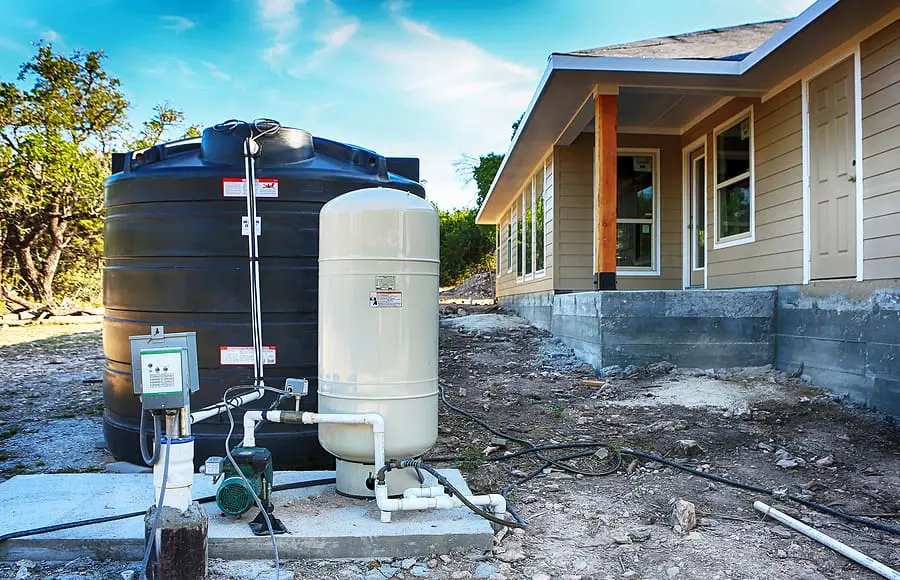How Long Does It Take to Drill and Install a New Water Well?

Setting up a private well is an amazing concept to ensure that you will be able to have water for your home.
But you may feel reluctant to begin the construction because you fear that drilling will take forever.
But no worries, the drilling will take only a few days because the whole operation of construction should be complete in at most two weeks.
But there are still some considerations that can elongate the project, from surveying your land to wetting your whistle with freshwater. So read on and learn the general timeline of private well installation to be prepared before you begin.
Land Survey
Keep in mind that each land property is unlike any other, and the characteristics found on your property may influence your construction project.
Therefore, it is important to undergo land survey before you begin to drill as the latter ascertains few key things about your property area such as:
- Soil type
- Correct spot to drill
- Correct depth
- Tools and techniques are suitable
These features will enable you to easily set up a water supply for a sizeable domestic use.
For example, a land survey is key to finding the perfect place to drill a well hole, which must be away from pollutants such as septic tanks and landfills. This is important in that it helps you lift out of the ground clean water and avoid illnesses.
These information will also assist you to locate underground aquifers, its depth and determine how deep to drill for the groundwater supply. Aquifers are rock layers that contain water in the form of groundwater, thousands of feet beneath the Earth’s surface.
There is no other way to answer the question because it takes experience, knowledge and tools. They can complete the land survey in a day to a week.
Drilling and Equipment Installation
And as soon after you blow the land survey, you can drill. Figure how deep you’d need to drill to see how long it would take to dig, after all.
You should ideally have a depth of over 100ft to prevent surface contamination, and between 100 and 800 feet in order to reach the aquifers. Today, you are looking at drilling machines that begin to dig 200-300ft a day already, so you would need about 2 or three days.
But some factors could make drilling slower, such as having to bore through underground rocks. You could possibly need an expert equipment to do this for you. Consulting the land survey to see if there are large underground boulders and what is your property’s type of soil.
After the hole is drilled and installation is finished within a day or two you can install your pipe, pump and concrete cap.
Water Testing and Purification
And safety is a big concern in the private wells since various contaminants can seep into the pipe, such as bacteria and fertilizers. Water may also become contaminated with natural minerals that are capable of staining laundry during washing or deteriorating your plumbing system.
A professional water test can detect these contaminants and minerals. A private well contractor can step in to take the process off homeowners’ hands by taking water samples for testing and returning results within a few days.
You can also send samples off to a company that is doing the project with the emergency water well kit.
Purify the well following test to rid impurities and ore. Purification is the means of making drinking water safe, as well as remains your family any diseases. It also neutralizes the water and protects from minerals, has potential to cause. This is one day’s step.
How Long Does A Private Well Last
You need not more than perhaps a week or two to ty up your own private well as you can observe. Thereafter, you can be sure that such a boot will last between 30 to 50 years before drying up as a result of some factors like –
- The volume of groundwater in the aquifers
- Frequency of use
- The quantity of water you normally gather
By the way, you will fail to replace that pump every 8 -15 years depending on its condition. It might experience additional wear and tear due to things like frequent use.